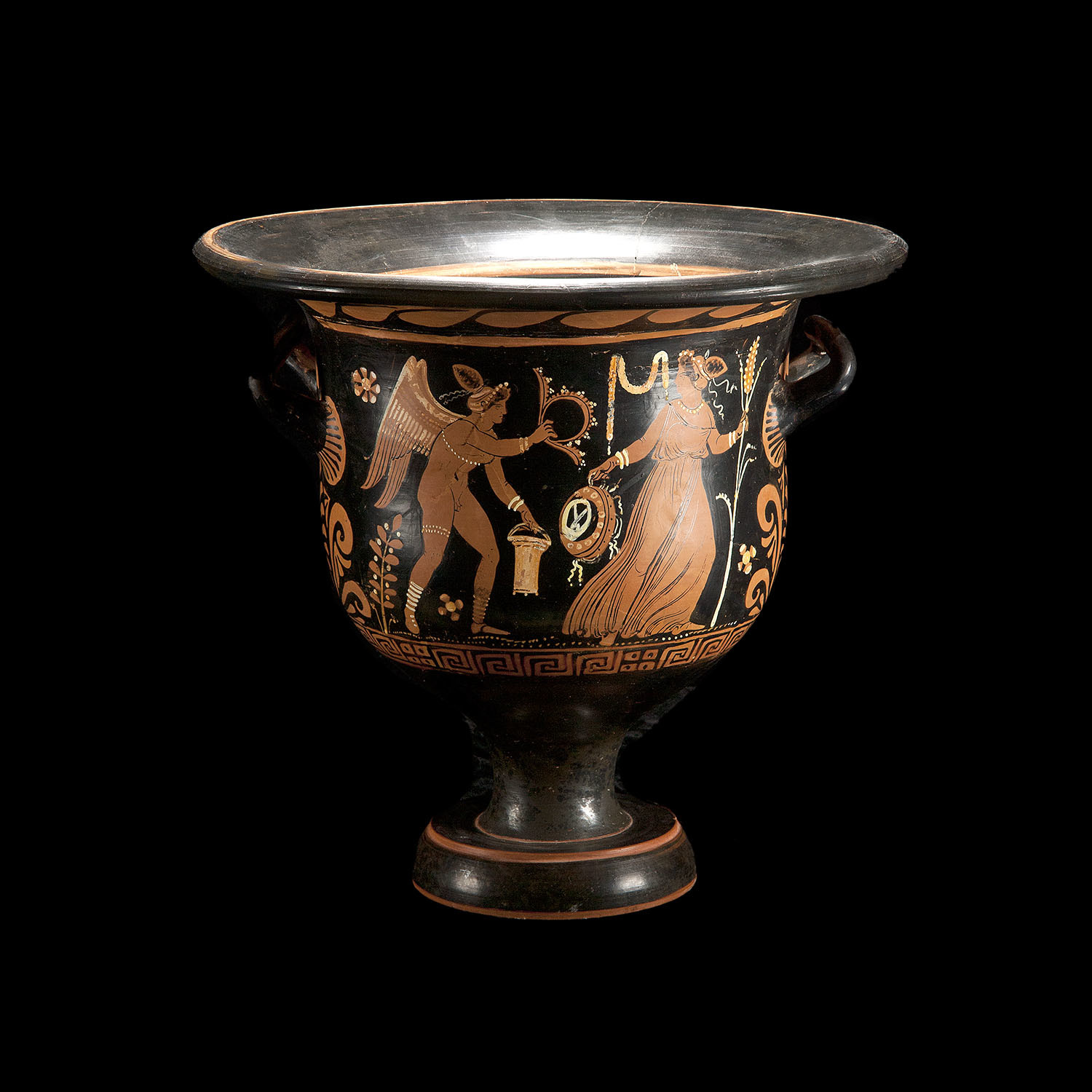- Aug 14, 2024
- 1,482
- 497
This was an explantion I was giving to my brother on who I think the "Anointed One" was in Dan 9, and what I think the Aboination of Desolation was. I believe the term was used to apply to Antiochus 4 in one place, and here in Dan 9 differently.
My view is not that the Anointed One is a priest--lots of explanations have been given me in the distant past. And I don't think the Anointed One is even a ruler of some kind, who comes after 7 Weeks. I know the Messiah did not come after 7 Weeks, but it is stated that 7 Weeks must happen before he comes, and it did happen before he came.
Then it is stated that 62 more Weeks must happen before he comes/starts his ministry. The break between the 7 Weeks and the 62 Weeks simply indicates to me that there is a division between the time when the building ends and the temple service begins in a more completed sense.
But it's awkward. The only explanation I have for it is that the Anointed One is the objective of the 7 Weeks period--not that he appears at that time. He is inserted as the objective of the 7 Weeks precisely because that is what the 2nd Temple is built for. But then there is this period of 62 Weeks in which the Temple worship awaits the coming, and demise, of the Messiah.
So I see the Messiah mentioned after 7 Weeks and the Messiah "cut off" as being the same Messiah. The ruler of the people to come must be, I think, the Roman Army. I think the "ruler" is the generic Roman ruler--whoever is the specific person in charge at the time.
His people "destroy the city and the sanctuary," and so are an "army," as Jesus indicated in Luke 21. This is, I believe, the "Abomination of Desolation" because pagans who violated sacred territory would be considered an "abomination." And they "desolated" Jerusalem and the Temple in 70 AD.
This is the "Army" that accomplished that, which Jesus said would surround Jerusalem," or is described by Mark as "standing where it does not belong." This sounds, to me, like a military siege. One version in Dan 9 indicates that the AoD was "set up at the Temple." This also sounds like a military siege, assuming a position around the walls of Jerusalem.
I do believe the Church Fathers couldn't settle on precisely what the "abomination" was because an "abomination" is often associated with an object that profanes the Temple, such as Antiochus 4 did. But a Roman Army could defile a temple area just as well.
The idea that Antiochus defiled the Temple itself by inserting an idol into it or by sacrificing a pig there probably made some of the Church Fathers think that the AoD had to be an object that is put into the Temple to defile it.
Clearly, Daniel places prophecy about Antiochus 4 right next to these other prophecies about 70 AD and the Antichrist. So I can't blame the Church Fathers for misunderstanding what the "abomination" was! They probably thought the word had to be used in the same way it applied with Antiochus 4?
But I've argued before that just standing around the Temple walls is an act of profaning the Temple, because the entire area of Jerusalem was dedicated to Temple worship. By standing "where they don't belong" the Roman Army was laying siege and thus profaning the Temple area.
The people of the ruler to come therefore was an Army, as I see it, regardless of the confusion over whether it was an object in the Temple or not. The Church Fathers generally agreed on the time period, which would've been in the vicinity of 70 AD. And we can agree on that.
I hope this clarifies how I interpret this?
My view is not that the Anointed One is a priest--lots of explanations have been given me in the distant past. And I don't think the Anointed One is even a ruler of some kind, who comes after 7 Weeks. I know the Messiah did not come after 7 Weeks, but it is stated that 7 Weeks must happen before he comes, and it did happen before he came.
Then it is stated that 62 more Weeks must happen before he comes/starts his ministry. The break between the 7 Weeks and the 62 Weeks simply indicates to me that there is a division between the time when the building ends and the temple service begins in a more completed sense.
But it's awkward. The only explanation I have for it is that the Anointed One is the objective of the 7 Weeks period--not that he appears at that time. He is inserted as the objective of the 7 Weeks precisely because that is what the 2nd Temple is built for. But then there is this period of 62 Weeks in which the Temple worship awaits the coming, and demise, of the Messiah.
So I see the Messiah mentioned after 7 Weeks and the Messiah "cut off" as being the same Messiah. The ruler of the people to come must be, I think, the Roman Army. I think the "ruler" is the generic Roman ruler--whoever is the specific person in charge at the time.
His people "destroy the city and the sanctuary," and so are an "army," as Jesus indicated in Luke 21. This is, I believe, the "Abomination of Desolation" because pagans who violated sacred territory would be considered an "abomination." And they "desolated" Jerusalem and the Temple in 70 AD.
This is the "Army" that accomplished that, which Jesus said would surround Jerusalem," or is described by Mark as "standing where it does not belong." This sounds, to me, like a military siege. One version in Dan 9 indicates that the AoD was "set up at the Temple." This also sounds like a military siege, assuming a position around the walls of Jerusalem.
I do believe the Church Fathers couldn't settle on precisely what the "abomination" was because an "abomination" is often associated with an object that profanes the Temple, such as Antiochus 4 did. But a Roman Army could defile a temple area just as well.
The idea that Antiochus defiled the Temple itself by inserting an idol into it or by sacrificing a pig there probably made some of the Church Fathers think that the AoD had to be an object that is put into the Temple to defile it.
Clearly, Daniel places prophecy about Antiochus 4 right next to these other prophecies about 70 AD and the Antichrist. So I can't blame the Church Fathers for misunderstanding what the "abomination" was! They probably thought the word had to be used in the same way it applied with Antiochus 4?
But I've argued before that just standing around the Temple walls is an act of profaning the Temple, because the entire area of Jerusalem was dedicated to Temple worship. By standing "where they don't belong" the Roman Army was laying siege and thus profaning the Temple area.
The people of the ruler to come therefore was an Army, as I see it, regardless of the confusion over whether it was an object in the Temple or not. The Church Fathers generally agreed on the time period, which would've been in the vicinity of 70 AD. And we can agree on that.
I hope this clarifies how I interpret this?




